Multichamber devices are the only hydraulic equipment which generate a sufficient circulating flow in the gravel pack by creating large discharge surfaces with continuous overpressure and large entrance surfaces through constant underpressure.
Injection of rehabilitation agent
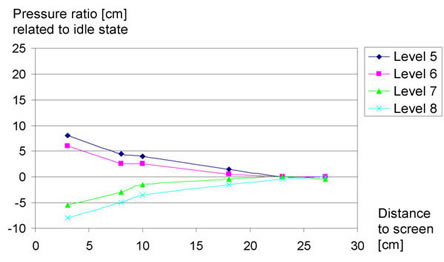
Potential ratio of multi chamber equipment, i.e. gravel washer (medium measuring levels)
Summary of results DVGW Research project W 55/99*
These frequency controlled gravel washers with reversal of flow direction and adjustable flow control between 50 – 150 m³/h enable a simultaneous dissolution, removal and monitoring of the screen sections without any interruption of work by disassembly or change of equipment.
Simple process control
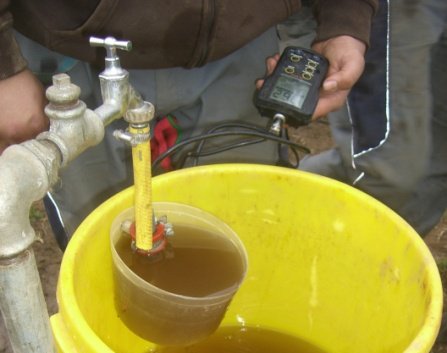
Prior to a chemical rehabilitation the specific electrical conductivity of the raw water is measured to be used as a reference sample during the process. The progress of the dissolution process in the screen sections is monitored by measuring the conductivity and the reaction products every 15 minutes. The reaction time of the agent is 45 minutes only. When the electrical conductivity has reached the same initial value as that of the reference sample, the clear pumping can be stopped.
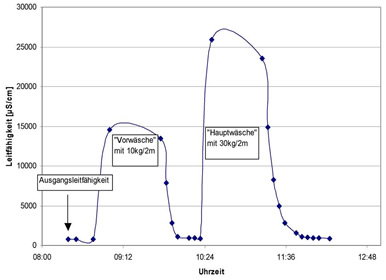
Monitoring the dissolution process is easy, fast and cost-effective by using standard test strips. In order to minimize the dosage of the rehabilitation agent as per DVGW W130 the measured concentrations of reaction products (iron II, manganese II, calcium) indicate if any screen section has to be treated again.
Verification of results
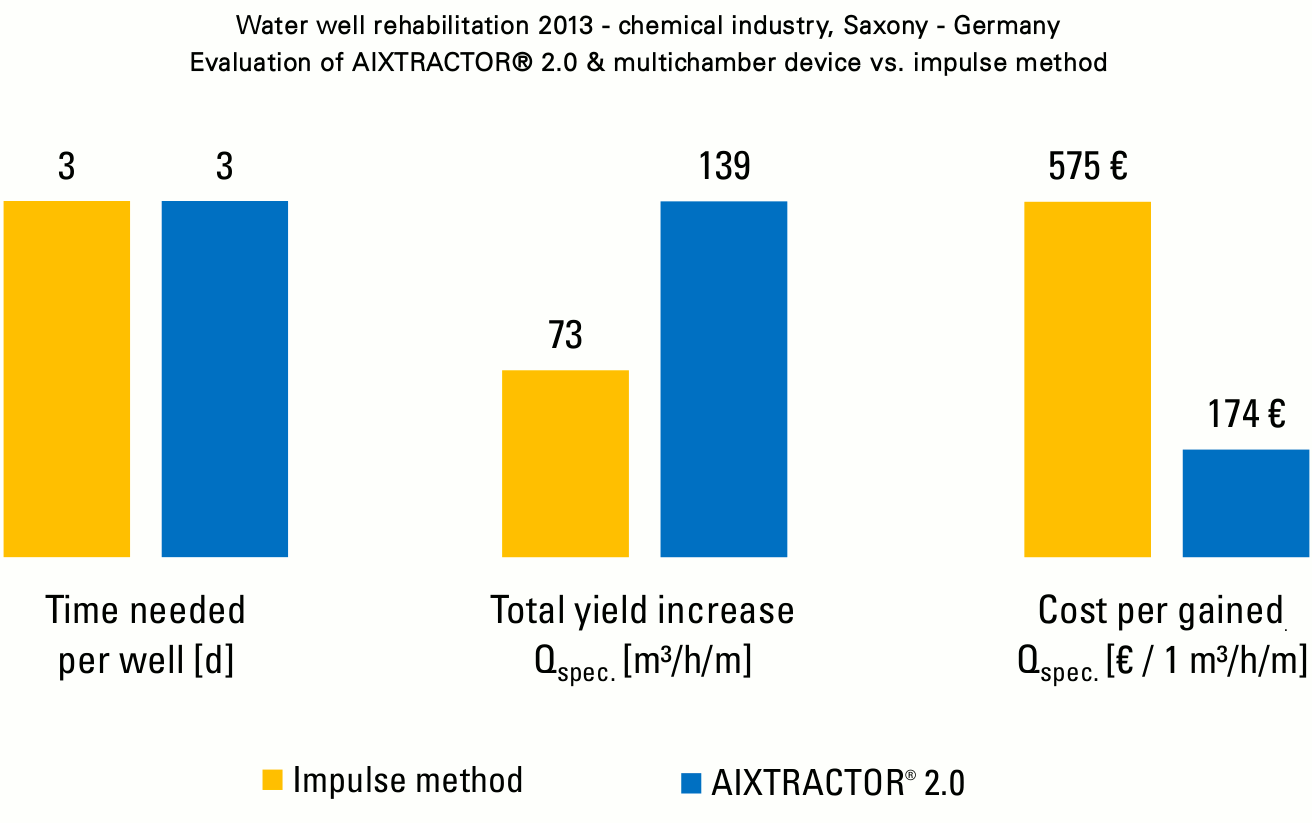
A stepdown pumping test prior to a well rehabilitation enables to verify results objectively. The original well yield at commissioning is to be used as the 100% value which the well is capable of. Efficiency of the individual working steps can be proven by intermediate pumping tests.
A clean well interior shown in CCTV inspections is by no means proof of a successful well rehabilitation. The degree of cleanliness of the gravel pack and the whole annular space is crucial for a sustainable result. By using borehole geophysics the verification of rehabilitation results can be extended down the otherwise invisible annular space.
Non-hazardous low cost disposal
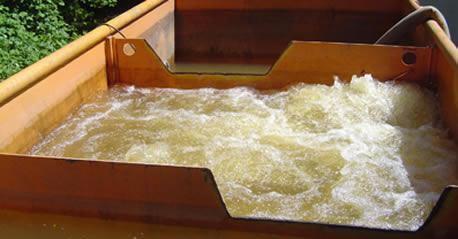
The first flush of used working solution from each screen section is pumped into a separate container to let suspended iron and/or manganese settle on the bottom. The upper clear water in the container can be disposed of outside water protection zones I and II (as per permit of Senate Administration of Berlin & Federal Office of Environment Feb. 2006). A minimal amount of oxide sludge on the bottom of the container is disposed of in an appropriate manner together with other liquid waste of a water works.
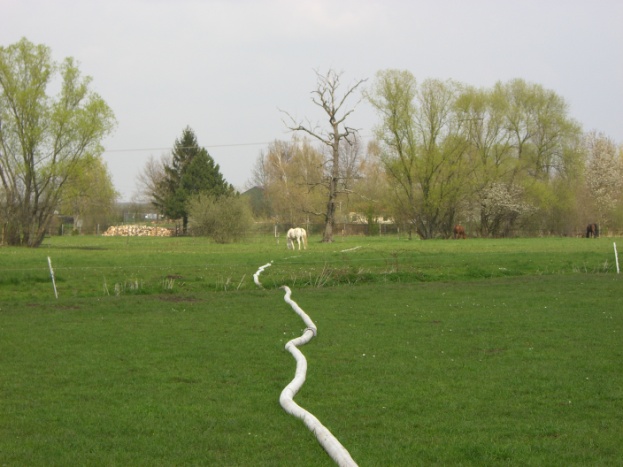
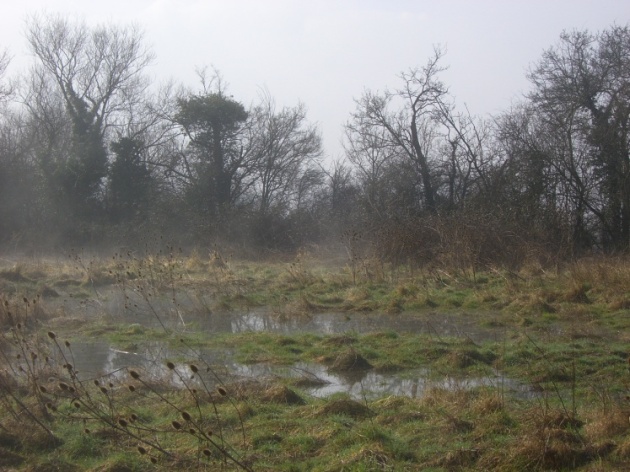
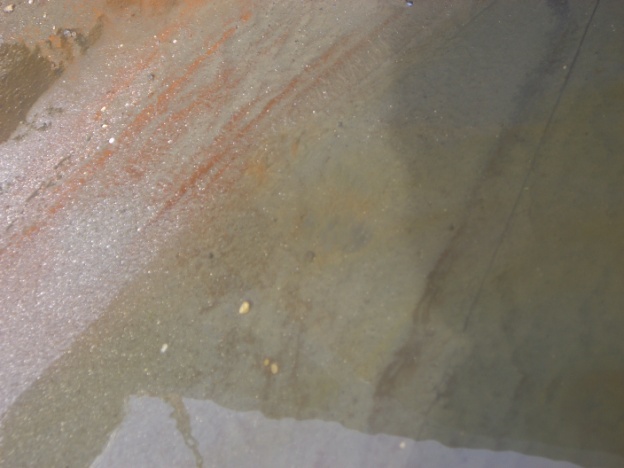
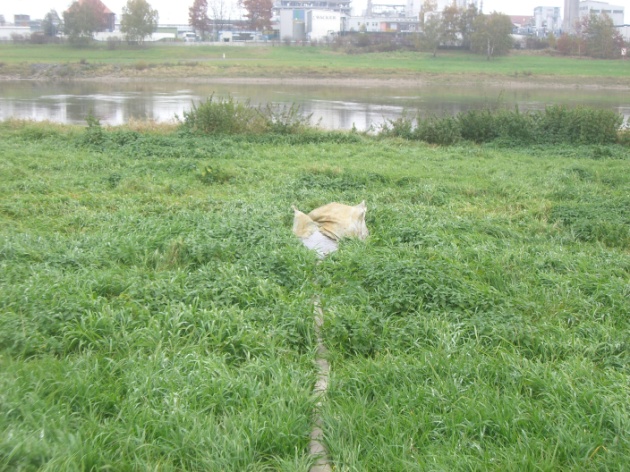








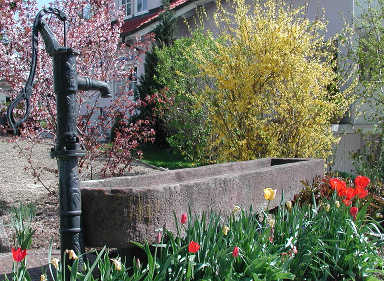
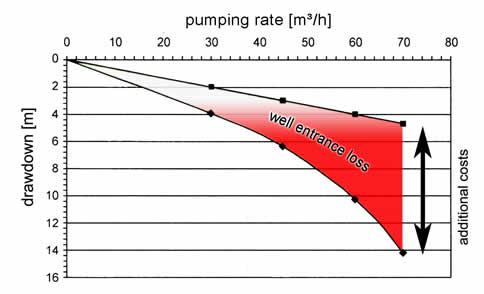 » Calculate here
» Calculate here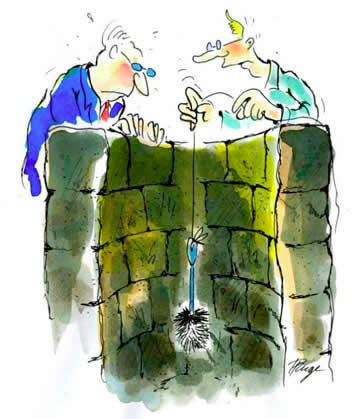 » Have fun!
» Have fun!